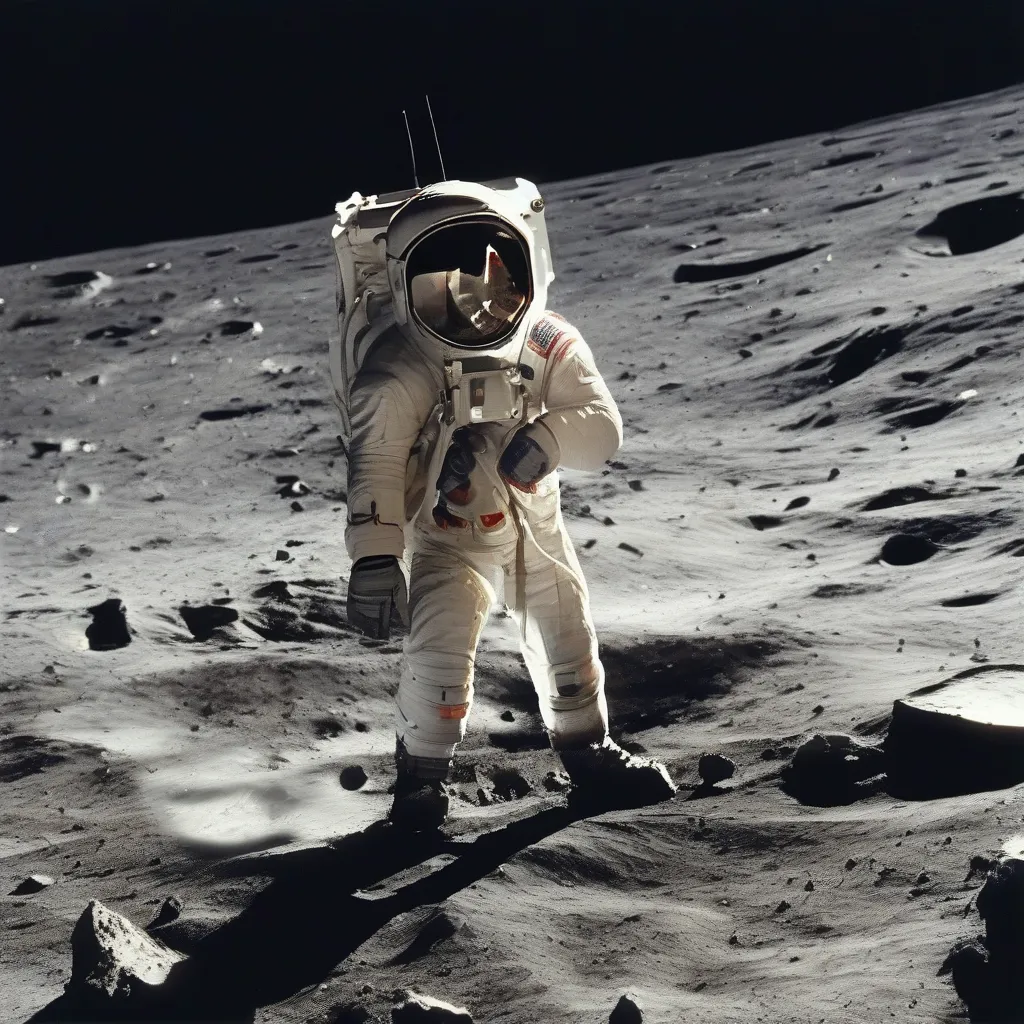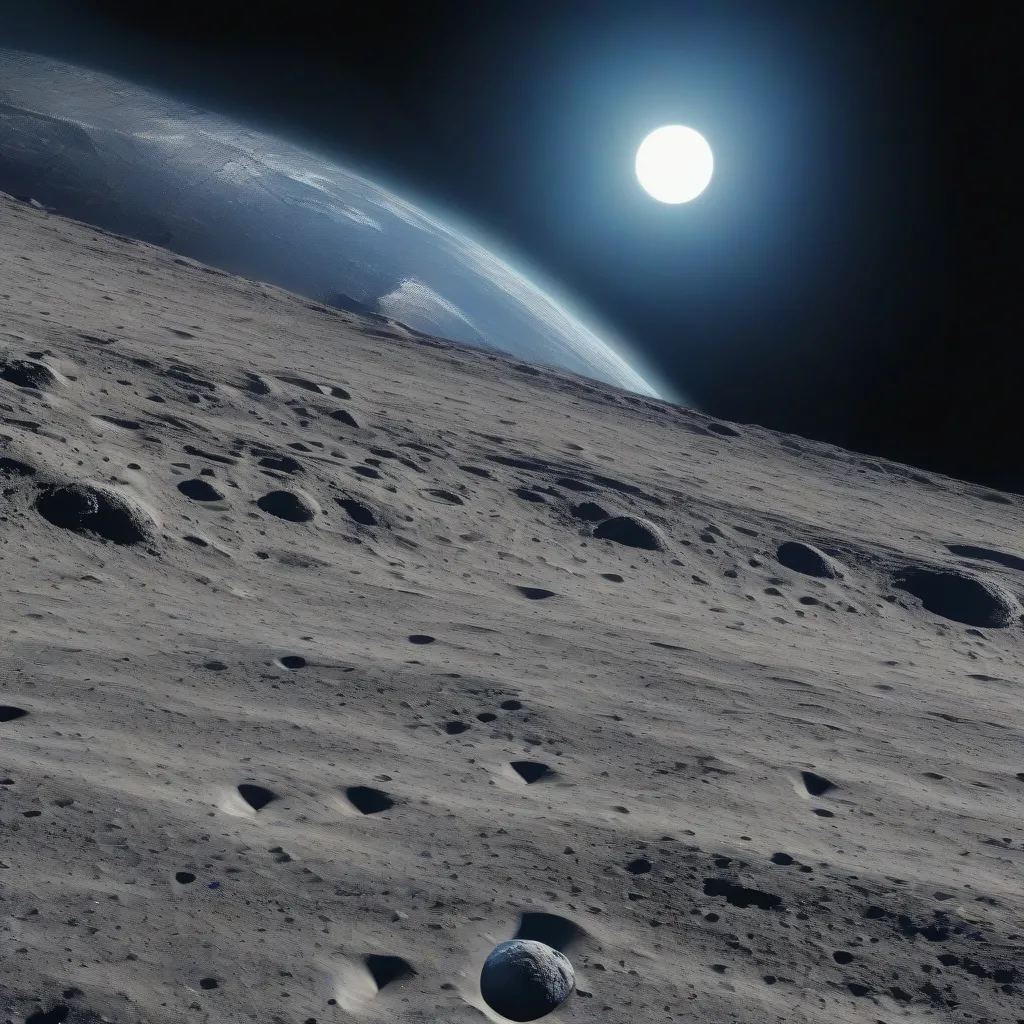Have you ever gazed up at the moon on a clear night and wondered, “How long would it take to actually travel there?” The moon, a celestial neighbor in our vast universe, has captivated humanity for centuries. From inspiring myths and legends to serving as a beacon for navigation, its silvery glow holds a certain magic. But beyond its beauty lies a fascinating question: how long does a trip to the moon really take?
A Journey Through Time and Space: Factors Influencing Lunar Travel Time
While a simple question on the surface, the duration of a lunar voyage isn’t set in stone. Just like a road trip to a new city can be influenced by traffic and route choices, several factors impact the time it takes to reach the moon:
- Distance is Key: The Earth and the moon aren’t fixed dance partners. Their distance fluctuates between 225,623 miles (363,104 kilometers) at their closest (perigee) and 252,088 miles (405,696 kilometers) at their furthest (apogee). Naturally, a shorter distance means a shorter trip.
- Speed Matters: Imagine driving a leisurely pace versus putting the pedal to the metal – the faster you go, the quicker you arrive. Similarly, the spacecraft’s velocity plays a significant role in lunar travel time.
- Trajectory is Everything: It’s not as simple as pointing at the moon and hitting the gas. Space travel involves carefully calculated trajectories that take into account the gravitational pull of both the Earth and the moon. Different missions utilize various trajectories, influencing travel time.
Past Missions: A Glimpse into Lunar Travel Times
To better grasp the concept, let’s journey back to some historical missions and their respective travel times:
- Apollo 11 (1969): The mission that etched humanity’s first steps on the lunar surface took approximately 3 days, 3 hours, and 49 minutes.
- Luna 1 (1959): This Soviet mission, the first to reach the vicinity of the moon, completed its journey in roughly 36 hours.
- New Horizons (2006): While not directly aimed at the moon, this spacecraft, known for its Pluto rendezvous, crossed the moon’s orbit in a mere 8 hours and 35 minutes. However, it’s important to note that New Horizons was traveling at a significantly higher speed than missions designed for lunar landing.
Planning Your (Hypothetical) Lunar Vacation: Factors to Consider
Imagine booking a trip to the moon! What would you need to consider?
- Budget: Just like a trip to a tropical island, lunar travel comes with a hefty price tag. Expect to shell out a substantial amount for a seat on a future commercial spaceflight.
- Time Commitment: Unlike a weekend getaway, be prepared to dedicate a considerable chunk of time for your lunar adventure. Factor in the actual travel time, potential layovers in lunar orbit, and time spent exploring the moon’s surface.
- Packing List: Forget sunscreen and a swimsuit. Your lunar packing list will involve specialized space suits, essential survival gear, and perhaps a camera to capture those breathtaking cosmic views.
Lunar Travel FAQs: Unraveling Common Queries
Let’s address some frequently asked questions about lunar journeys:
Q: What is the shortest possible time to reach the moon?
A: Theoretically, the fastest possible travel time to the moon is limited by the laws of physics. However, if we consider the shortest recorded time, it would be the New Horizons spacecraft’s impressive 8 hours and 35 minutes.
Q: Could future technology significantly reduce travel time?
A: Advancements in propulsion systems, such as ion propulsion or even theoretical concepts like warp drives, hold the potential to drastically shorten lunar travel times.
 Moon Landing
Moon Landing
Beyond the Journey: The Allure of Lunar Tourism
While lunar travel remains a complex and expensive endeavor, its allure continues to captivate dreamers and explorers alike. The prospect of witnessing Earthrise from the moon’s desolate yet mesmerizing landscape or gazing at the stars without atmospheric interference is a dream shared by many. Perhaps one day, lunar tourism will transition from science fiction to an attainable reality, allowing us to experience the magic of the moon firsthand.
 Earth from Moon
Earth from Moon
Ready for Your Own Space Adventure? Explore More with travelcar.edu.vn
For more fascinating insights into space travel and cosmic wonders, be sure to explore the informative articles on travelcar.edu.vn. Delve into topics like the time it takes to travel to distant planets like Jupiter (link to https://travelcar.edu.vn/how-long-does-it-take-to-travel-to-jupiter/), the intricacies of space travel for families (link to https://travelcar.edu.vn/a-family-traveling-across-the-universe-space/), or even the role of travel advisors in planning your hypothetical space odyssey (link to https://travelcar.edu.vn/what-does-a-travel-advisor-do/). Let TRAVELCAR.edu.vn be your guide to the cosmos!

